‘Land, sea, life’: the natural wonders of Bel Ombre in Mauritius
Sustainability is at the heart of the region’s tourism offering
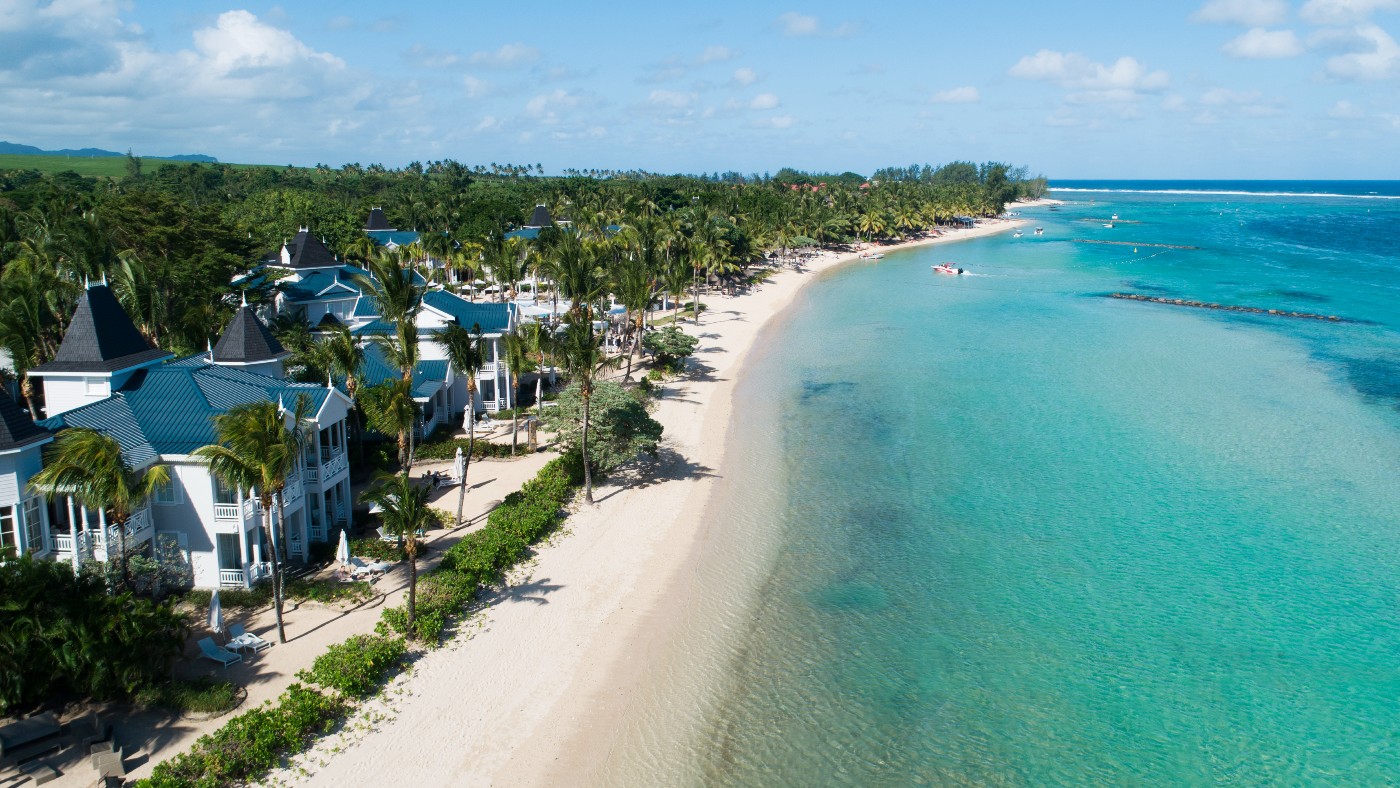
Taking a bite out of a jamblon I wasn’t entirely sure what to expect. My guide had picked it out of a tree as we hiked through the Bel Ombre Nature Reserve in Mauritius, a part of the world blessed with natural resources. Small and purple, it resembled a plum and tasted sweet and refreshing in the midday sun. I helped myself to a second before we continued.
I was in Mauritius to discover a lesser-known region of the island, Bel Ombre, where local businesses, NGOs and officials have recently committed to adhering to sustainable tourism practices that respect both the area’s natural beauty and local community. The area’s new slogan is “Lamer. Later. Lavi”, translated as “Land. Sea. Life”, which reflects the rounded experience they want to give visitors who may otherwise have just stayed on the beach. With 2,500 hectares of protected land, it is hoped they will be able to experience a wilder, more authentic taste of this popular Indian Ocean island.
As we continued our hike we learned how the environment was shaped by agriculture and colonialism, with the cultivation of sugarcane and importation of foreign plants. Now, they’re working with the Mauritian Wildlife Foundation on conservation projects designed to protect this fragile eco-system, including the reintroduction of indigenous flora and fauna and the preservation of at risk plants such as the beautiful, black, ebony trees. After a quick dip in the icy waters of a waterfall, our hike ended with lunch in a glade protected by a canopy of trees, where we feast on local curries, salads and drinks.
The Week
Escape your echo chamber. Get the facts behind the news, plus analysis from multiple perspectives.

Sign up for The Week's Free Newsletters
From our morning news briefing to a weekly Good News Newsletter, get the best of The Week delivered directly to your inbox.
From our morning news briefing to a weekly Good News Newsletter, get the best of The Week delivered directly to your inbox.
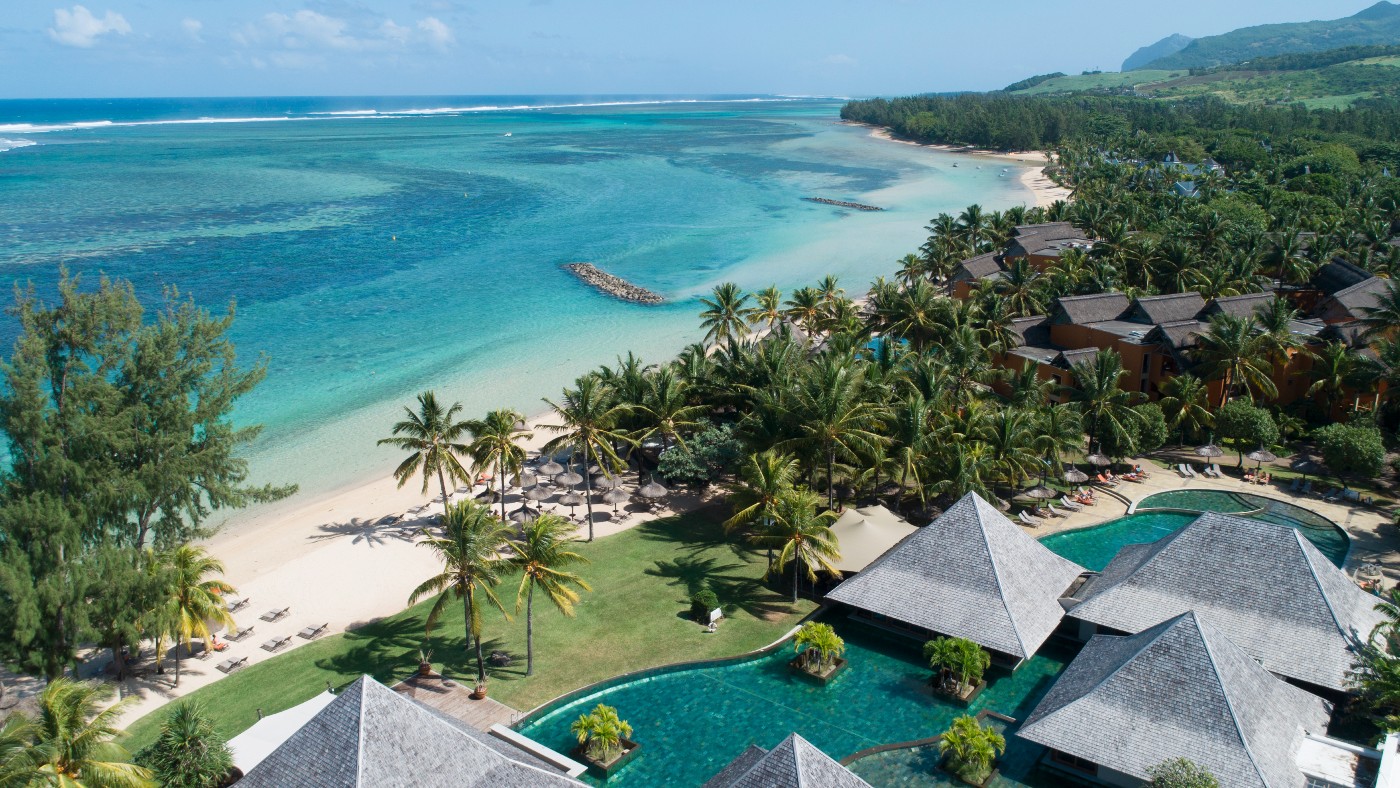
A taste of luxury
Bel Ombre is remarkably underdeveloped compared to other areas in Mauritius and is home to only two luxury hotels, both under the Rogers Hospitality umbrella, which offers 100% carbon-neutral stays on the island. Toiletries are presented in refillable bottles, everything that can be recycled is, and as much as it can be food is locally sourced.
We stayed at the five-star Heritage Le Telfair Golf & Wellness Resort, situated on a kilometre of pristine beach front. It is designed with the island’s colonial past in mind, with a traditional aesthetic and using textures like white stained wood, rattan, and pure cotton furnishings in each of the 158 suites. My room featured a sea view and balcony, as well as a gloriously comfortable king size bed.
Right next door is sister property Heritage Awali Golf and Spa resort, where we experienced the Seven Colours Spa. Each colour represents the seven chakras, and treatments are designed to promote wellness and relaxation. After a much-needed massage, I reclined in a cabana surrounded by vegetation and enjoyed locally-produced tea surrounded by the sounds of nature.
In the evening we ate at the Heritage Le Château de Bel Ombre, a former plantation house dating back to the 19th century. Here they serve a multi-course gastronomic experience, featuring elevated Mauritian cuisine. Dishes include palm hearts, venison, and shellfish, all of which are sourced within the Bel Ombre region and paired with wines chosen by the in-house sommelier.
A free daily email with the biggest news stories of the day – and the best features from TheWeek.com
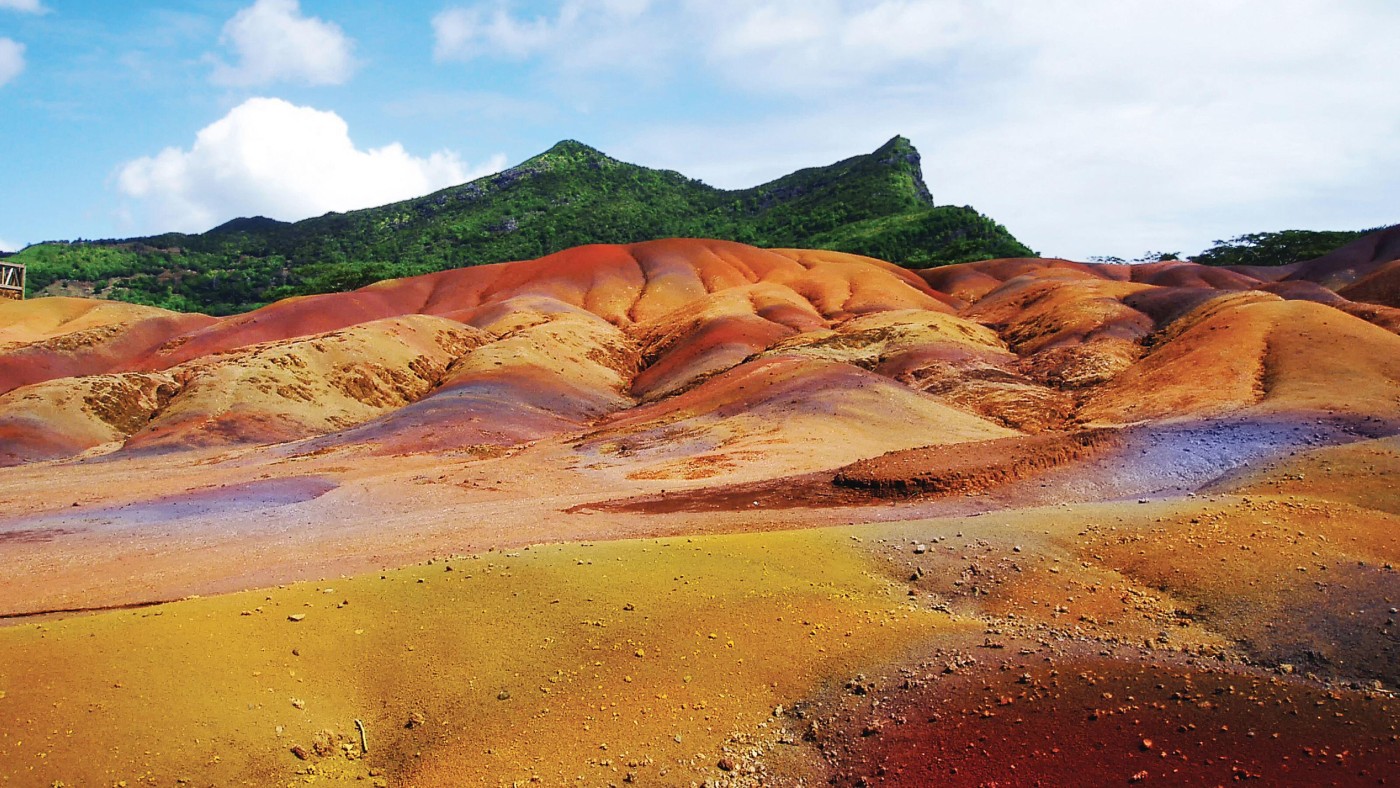
Back to nature
Heading back out into the wilderness, we go to the Chamarel 7 Coloured Earth Geopark, where the region’s unusual geology can be seen in its full glory. Here different colours of earth have collided in rolling dunes and hills that display their vibrancy. It tells the visual story of Mauritius’ position at the heart of continental drifts and volcanic eruptions going back millions of years. Chemical compounds including iron and aluminium oxides have coloured the earth in shades ranging from red and orange through to blue and violet, and it is beautiful to see contrasted against the vivid greenery of the forest.
The park is also home to the Chamarel waterfall, the island’s tallest at around 100m high. Surrounded by dense vegetation and ancient lava rocks, it is one of the most breathtaking sights in Mauritius, and can be seen from a viewpoint, or you can hike to the basin in around three hours for a magical swimming spot.
We ended our trip with a lunch at Le Chamarel Panoramic Restaurant which sits on stilts overlooking the coastal landscape from the Unesco-listed Le Morne Brabant peninsula on one side to Tourelle du Tamarin mountain on the other. As I dived into some hearty local cuisine, I truly felt at home in a part of Mauritius that welcomes its visitors with open arms.
For more information see belombre.com
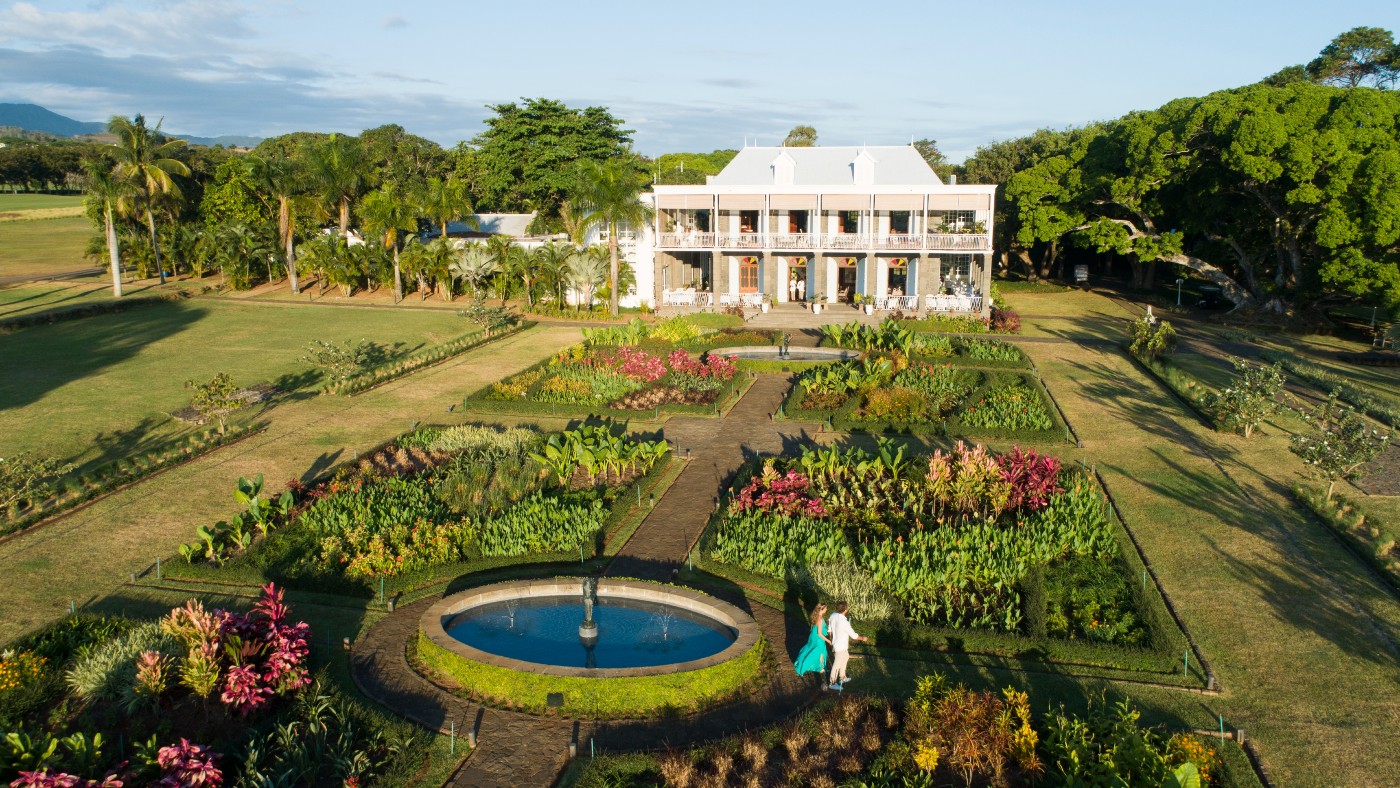
How to get there
Air Mauritius operates three weekly flights between London and Mauritius with new generation A330neo and A350 planes. Return fares from £567; airmauritius.com
Where to stay
Rates at the Heritage Le Telfair Golf & Wellness Resort start from £182 per night for a deluxe suite on a room-only basis. Rates at the Heritage Awali Golf and Spa resort start from £265 per night for a deluxe suite on an all-inclusive basis. See more at heritageresorts.mu
-
 Jack Smith tells House of ‘proof’ of Trump’s crimes
Jack Smith tells House of ‘proof’ of Trump’s crimesSpeed Read President Donald Trump ‘engaged in a criminal scheme to overturn the results of the 2020 presidential election,’ hoarded classified documents and ‘repeatedly tried to obstruct justice’
-
 House GOP revolt forces vote on ACA subsidies
House GOP revolt forces vote on ACA subsidiesSpeed Read The new health care bill would lower some costs but not extend expiring Affordable Care Act subsidies
-
 ‘Kast’s victory is a political and ethical earthquake’
‘Kast’s victory is a political and ethical earthquake’Instant Opinion Opinion, comment and editorials of the day
-
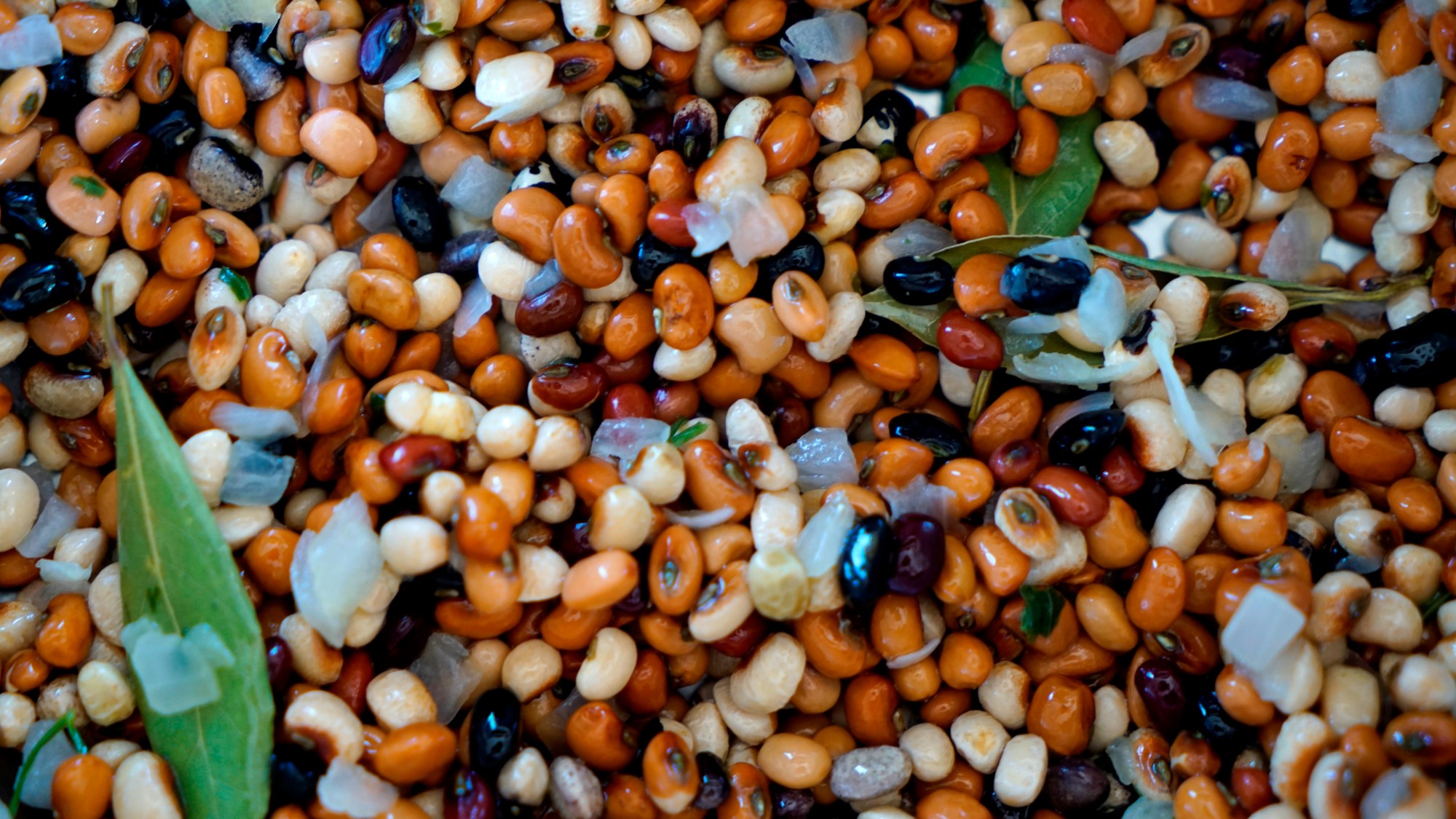 The rise of tinned beans
The rise of tinned beansThe Week Recommends Protein-packed, affordable and easy to cook with, the humble legume is having a moment
-
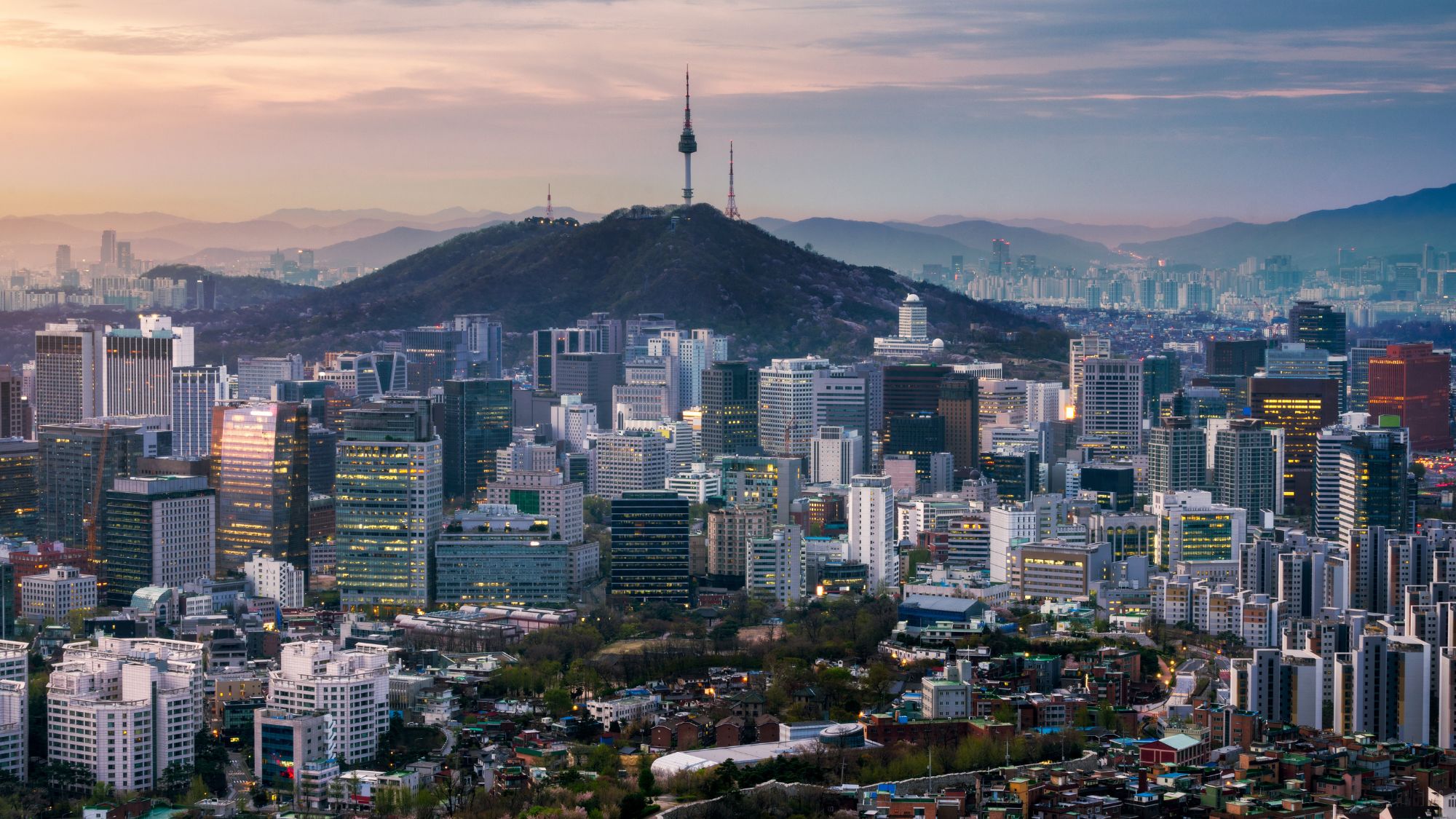 South Korea highlights: ancient history meets modern culture
South Korea highlights: ancient history meets modern cultureThe Week Recommends From the bright lights of Seoul to Busan's beaches and the 'living museum' of Gyeongju, this tour offers a taste of a unique heritage
-
 Desert wellness in Scottsdale: the best of Arizona's Old West
Desert wellness in Scottsdale: the best of Arizona's Old WestThe Week Recommends Boost body, mind and soul in this hub of healthy living
-
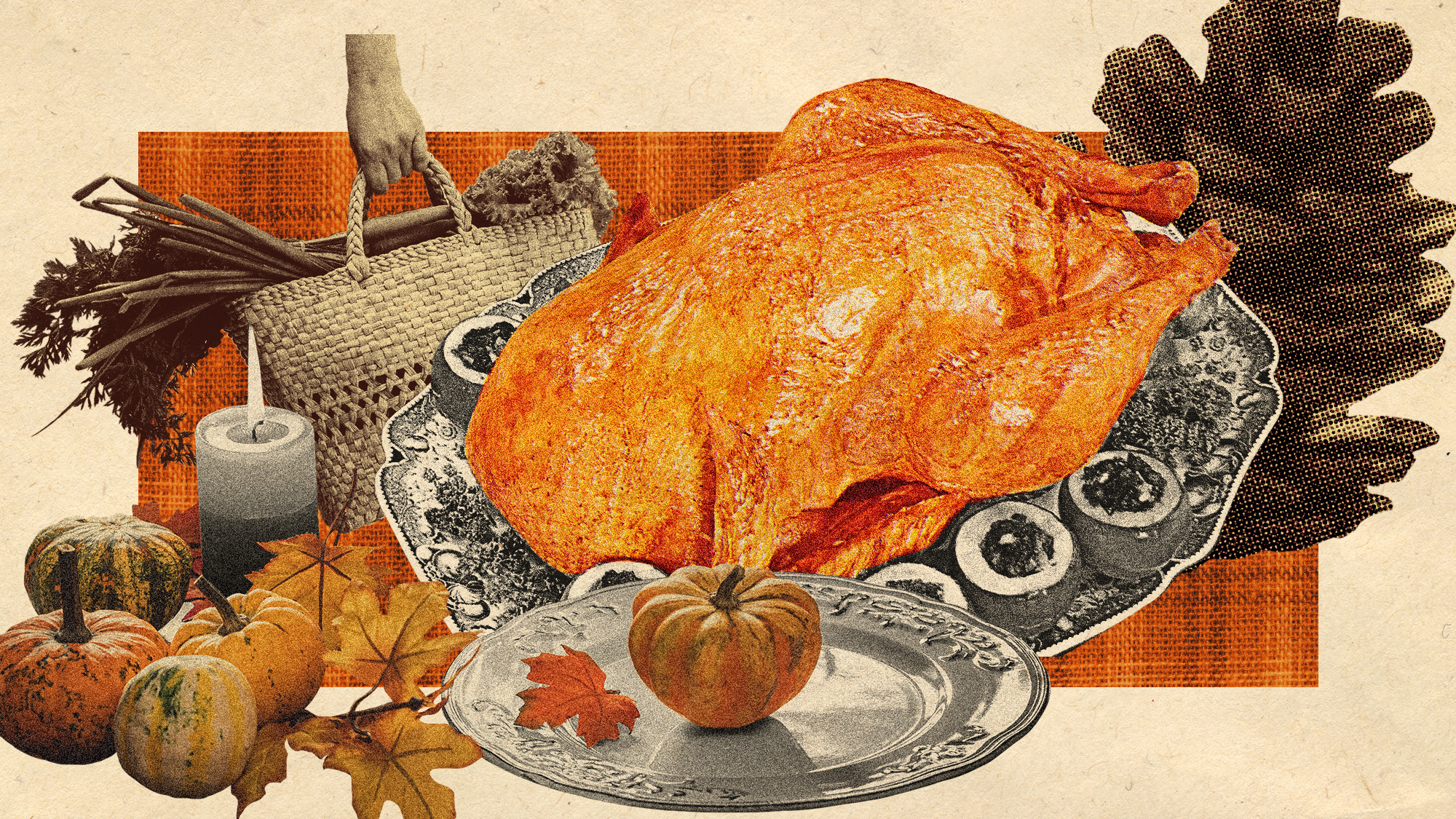 4 tips for hosting an ecofriendly Thanksgiving
4 tips for hosting an ecofriendly ThanksgivingThe Week Recommends Coming together for the holidays typically produces a ton of waste, but with proper preparation, you can have an environmentally friendly gathering.
-
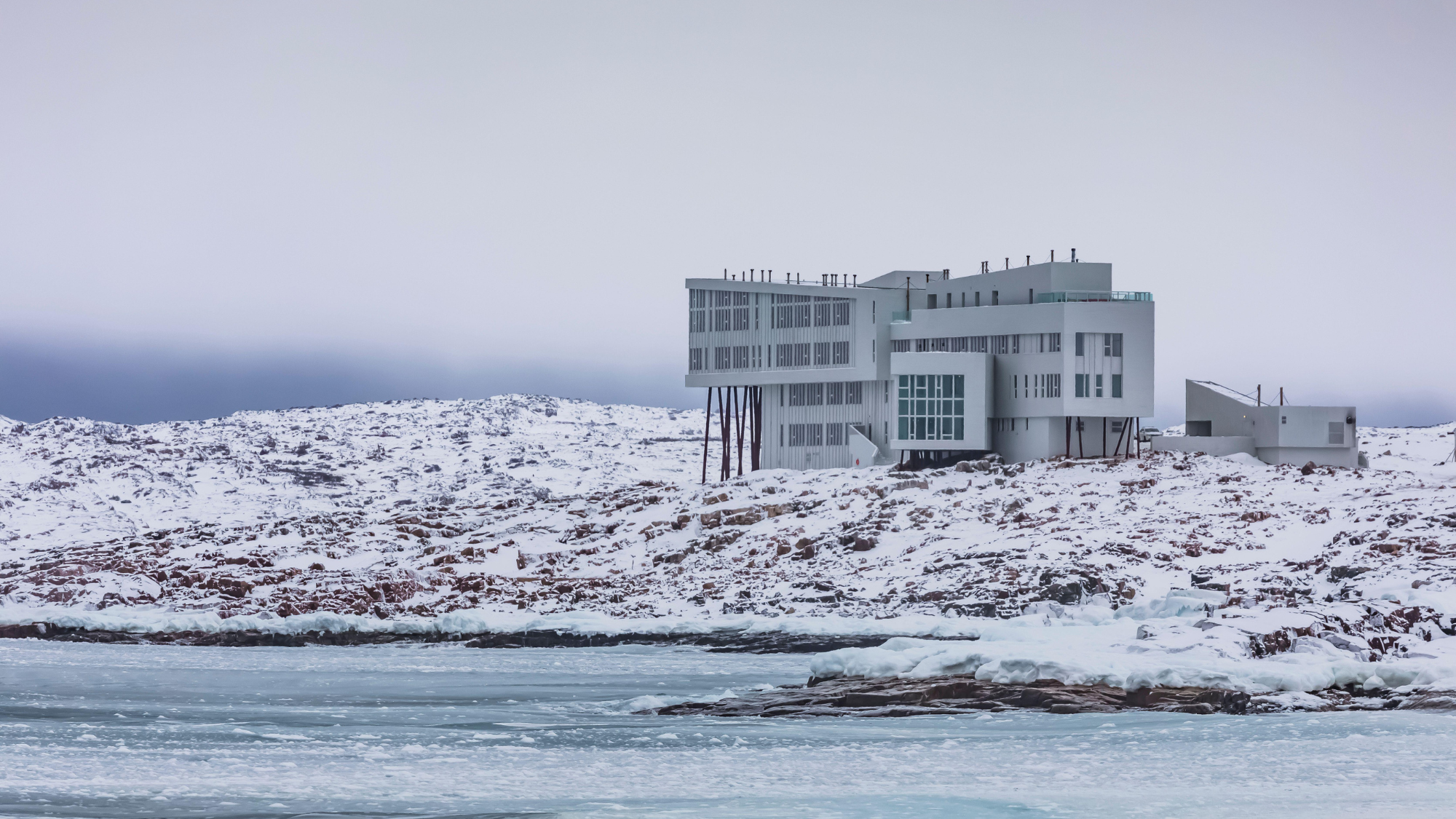 The best eco-friendly hotels around the world
The best eco-friendly hotels around the worldThe Week Recommends These tranquil retreats won't cost the Earth
-
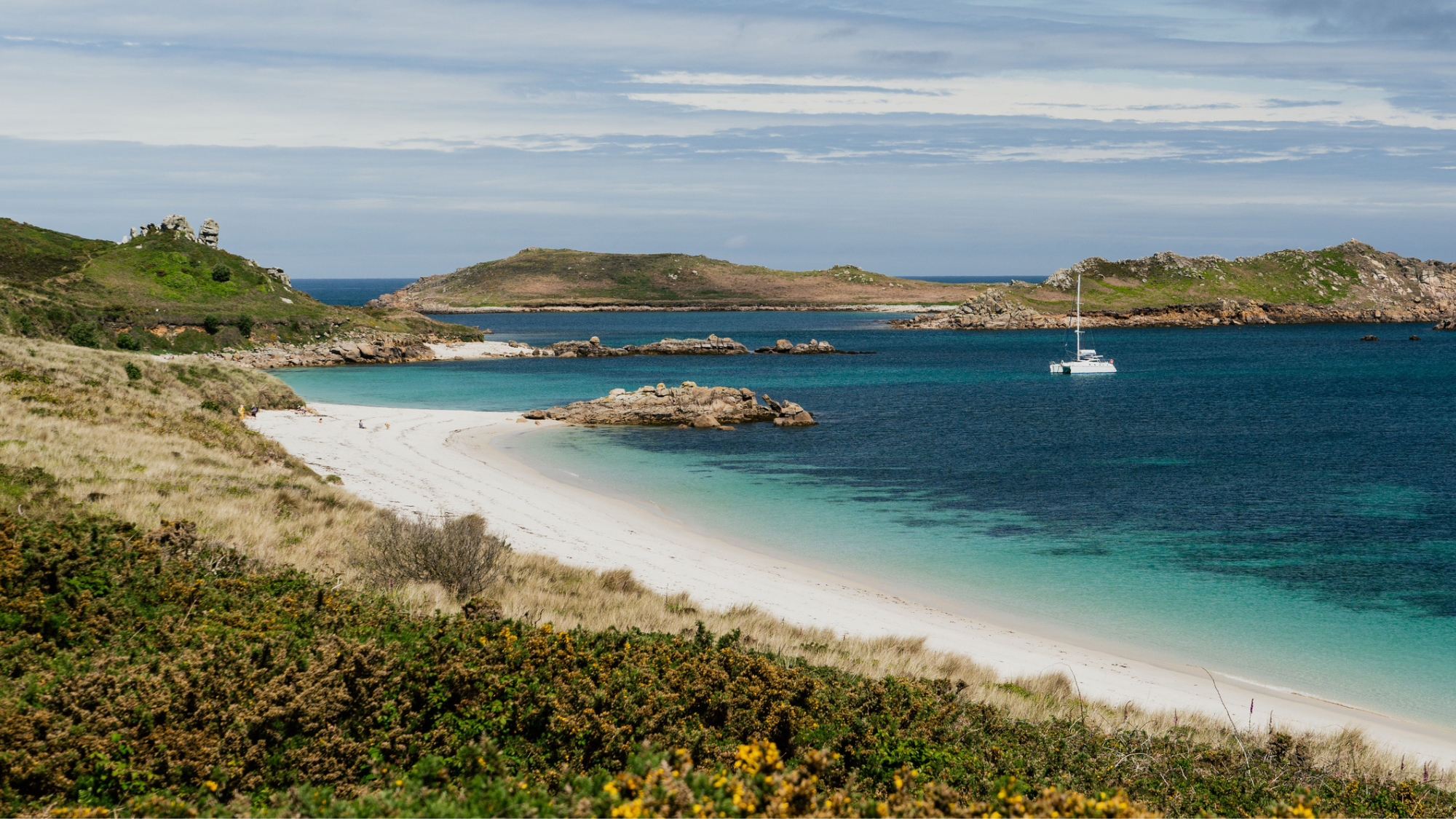 Isles of Scilly: discover the abundant joys of island life
Isles of Scilly: discover the abundant joys of island lifeThe Week Recommends Ramble, sail and feast your way around Scilly to experience a region like no other
-
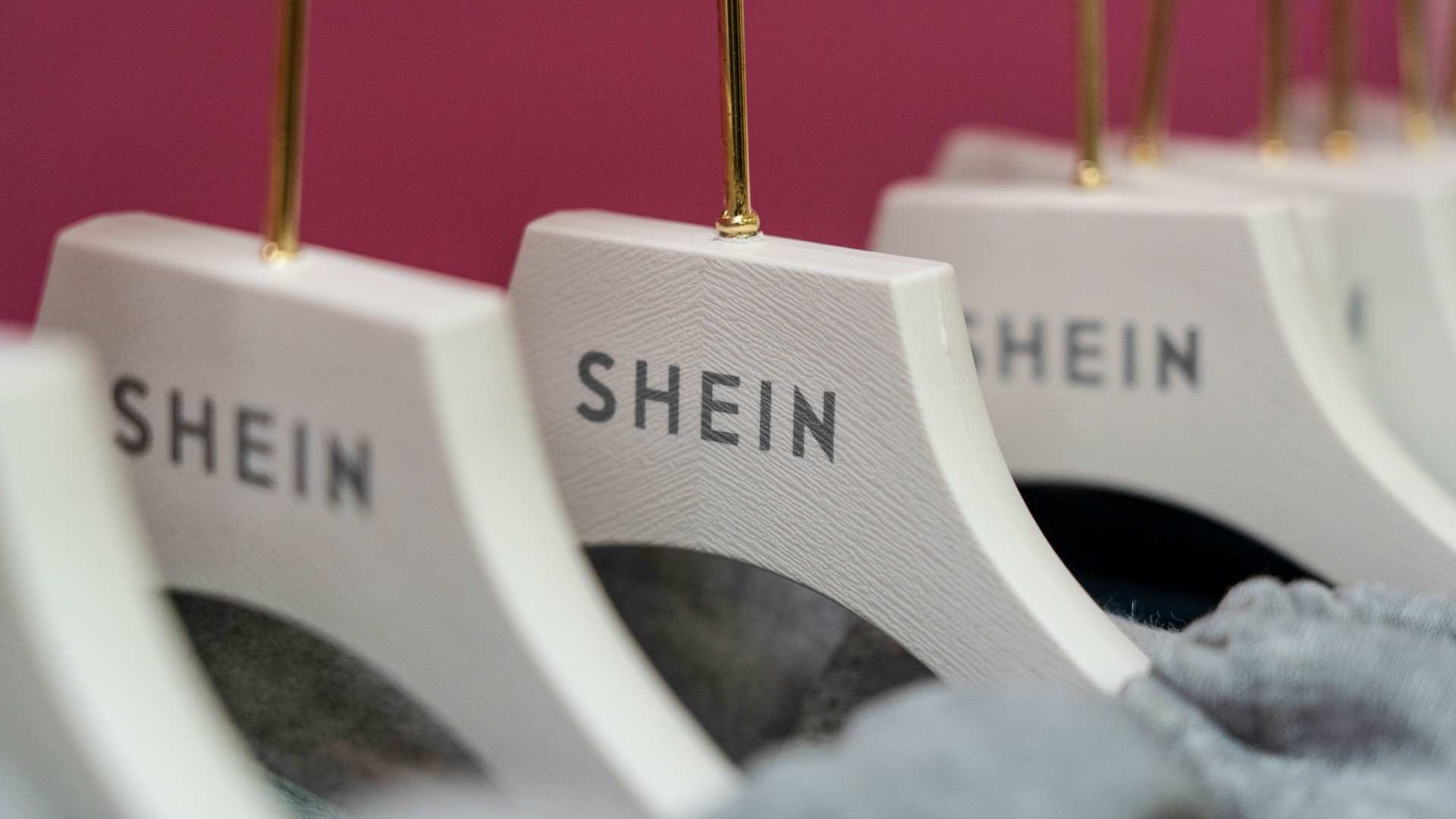 How Shein bucked the trend for sustainable fashion
How Shein bucked the trend for sustainable fashionIn the Spotlight Ethical concerns outweighed by ultra-fast, cheap and disposable clothes, as Chinese retailer prepares for £50bn London listing
-
 Mexico City travel guide: art and design
Mexico City travel guide: art and designThe Week Recommends Modern vibrancy, design legacy and ancient heritage puts Mexico's jewel alongside other art capitals of the world